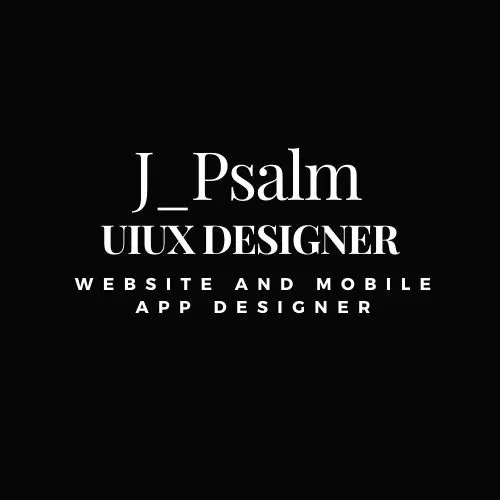What is UX/UI Framework?
A UX/UI Framework is a streamlined package of tools, methodologies, and guidelines designed to facilitate the design and development of user interfaces with a focus on user experience (UX). These frameworks can include standardized HTML/CSS components, JavaScript libraries, front-end coding best practices, and design patterns. They serve as a foundation upon which designers and developers can build intuitive, consistent, and efficient interfaces across web and mobile applications.
The big picture surrounding a UX/UI Framework involves enhancing productivity, ensuring consistency, and improving collaboration across different stages of product development. By providing a structured approach, these frameworks allow teams to focus more on customization and user-centric features rather than reinventing the wheel with every project. They are essential tools for startups, digital agencies, and e-commerce brands seeking to establish a cohesive brand identity and improve user journey.
Key Takeaways
- UX/UI Frameworks provide a collection of reusable design components and guidelines that streamline the development process.
- They ensure consistency and enhance collaboration among designers and developers across various platforms and projects.
- Leveraging these frameworks fosters faster development cycles and can significantly improve the user experience of digital products.
- They are instrumental in maintaining brand identity and quality in user interface design.
- Popular frameworks include Bootstrap, Material Design, and Foundation, each offering unique benefits tailored to different project needs.
Why Use a UX/UI Framework?
Implementing a UX/UI Framework can significantly reduce the amount of time spent on design and development. These frameworks provide a uniform structure and set of tools that answer common design challenges, allowing developers to focus more on innovation and less on routine tasks. The utilization of a framework promotes consistent user experiences, minimizes errors, and makes future maintenance easier by adhering to a recognized set of standards.
Popular UX/UI Frameworks
Several UX/UI Frameworks have become popular among designers and developers. Bootstrap, developed by Twitter, is well-known for its comprehensive front-end toolkit featuring CSS and JavaScript components. Google's Material Design offers a rich set of guidelines and resources to create experiences that are aligned with Google's design principles. Foundation, developed by ZURB, offers a highly customizable framework suitable for flexible design implementation. Each framework has its specific strengths and can be chosen based on project requirements and preferences.
How to Choose the Right UX/UI Framework?
Choosing the appropriate UX/UI Framework depends on the specific needs of your project, team expertise, and end-user requirements. Consider factors such as ease of use, customization options, scalability, and community support. Evaluate whether the framework integrates well with your existing technology stack, and anticipate the level of flexibility it offers for future updates and improvements. Conducting a thorough analysis of project goals and end-user expectations will guide you in selecting the most effective framework for your needs.
The Bottom Line
A UX/UI Framework is an indispensable tool in the arsenal of any marketing or design team aiming for efficiency and effectiveness in digital product development. For clients, these frameworks ensure that their projects are not only delivered faster but with high quality and a consistent brand presence. For designers and developers, the frameworks facilitate collaboration, uphold design standards, and allow them to focus on creating innovative, custom solutions that cater to their users' needs. By leveraging the right framework, you ensure your products not only meet but exceed user expectations, fostering engagement and loyalty.















